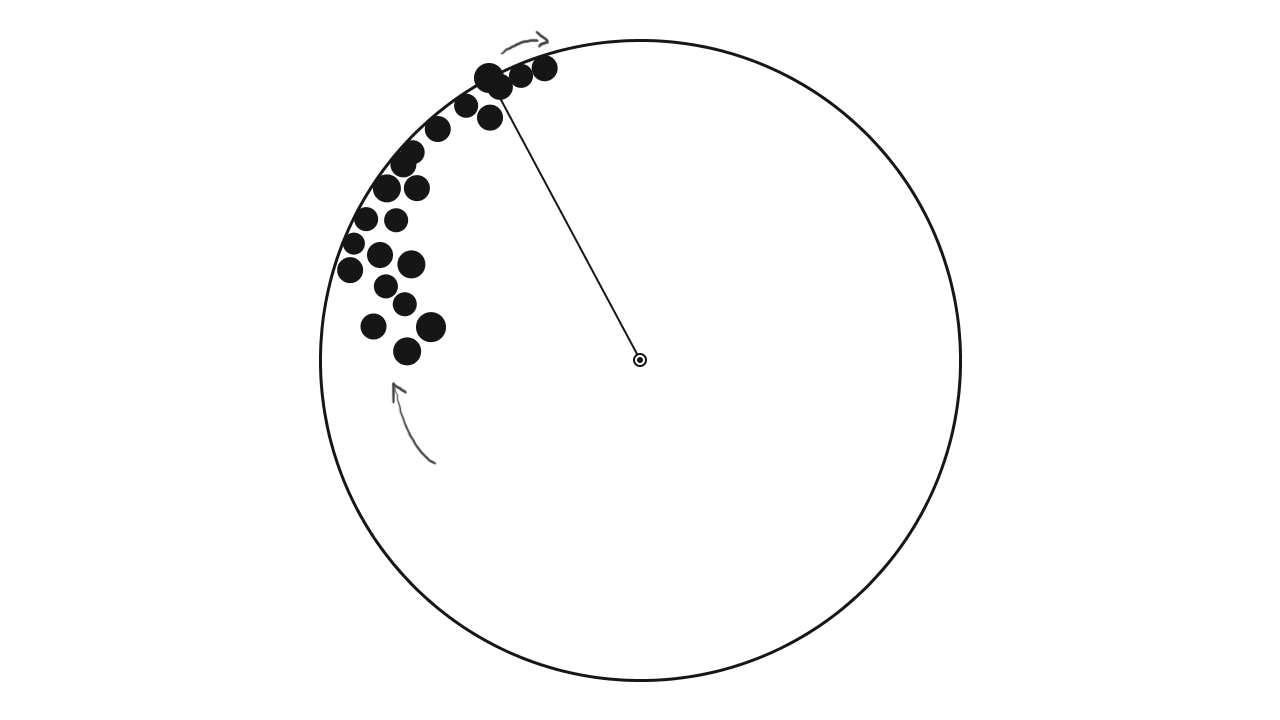Three CTM researchers conclude their PhDs
Cândido Duarte, Mário Rui Pereira and Rui Penha, all researchers at INESC TEC’s Centre for Telecommunications and Multimedia (CTM), have concluded their PhDs in July.
25th September 2014

Cândido Duarte finished his Ph.D. in Electrical and Computer Engineering at the Faculty of Engineering of the University of Porto (FEUP), with a dissertation titled High-Efficiency Linear Transmitters for Mobile Communication Systems. In this work, supervised by CTM researcher Vítor Grade Tavares, and by José Carlos Pedro, professor at the University of Aveiro, Cândido Duarte developed a new architecture for wireless transmitters. “The solution proposed aims to improve the energy efficiency of transmitters for high data rate wireless communication. This new approach contradicts in part the declining battery time that portable communication devices have nowadays due to the increasing number of radio interfaces,” the researcher explains.

Mário Rui Pereira also concluded his PhD in Electrical and Computer Engineering at FEUP. Supervised by CMT researcher Henrique Salgado, Mário Rui Pereira presented a thesis titled Inverse Scattering Techniques for the Synthesis of Microwave Structures, which addresses the issues of “direct scattering” and “inverse scattering” in passive microwave structures. “The work proposes a new theoretical framework that establishes a parallel between the theory of discrete non-uniform transmission lines and digital filters. This contribution opens new roads in the field of microwave device synthesis through the theory of ‘inverse scattering’,” says Mário Rui Pereira.

Lastly, Rui Penha did a PhD in Music Composition at the University of Aveiro. His doctoral thesis, titled Modelos de Espacialização: Integração no Pensamento Composicional (Spatialisation Models: Integration in Compositional Thinking) proposes a taxonomy of spatialisation in electroacoustic music, based on an analysis of more than 100 musical pieces with spatialisation. Moreover, the researcher also proposes the development of two geographical distribution techniques and a set of free, open source and modular software for sound spatialisation. The work, supervised by the composer João Pedro Oliveira (professor at the Federal University of Minas Gerais, Brazil), also contains the composition of six musical pieces that explore the use of sound spatialisation as a generator of compositional thinking, based on the elements identified in the taxonomy proposed. “The final emphasis was placed on the proposed spatial dynamics, that is, using physical models to control musical spatialisation,” the researcher explains.
INESC TEC, September 2014


